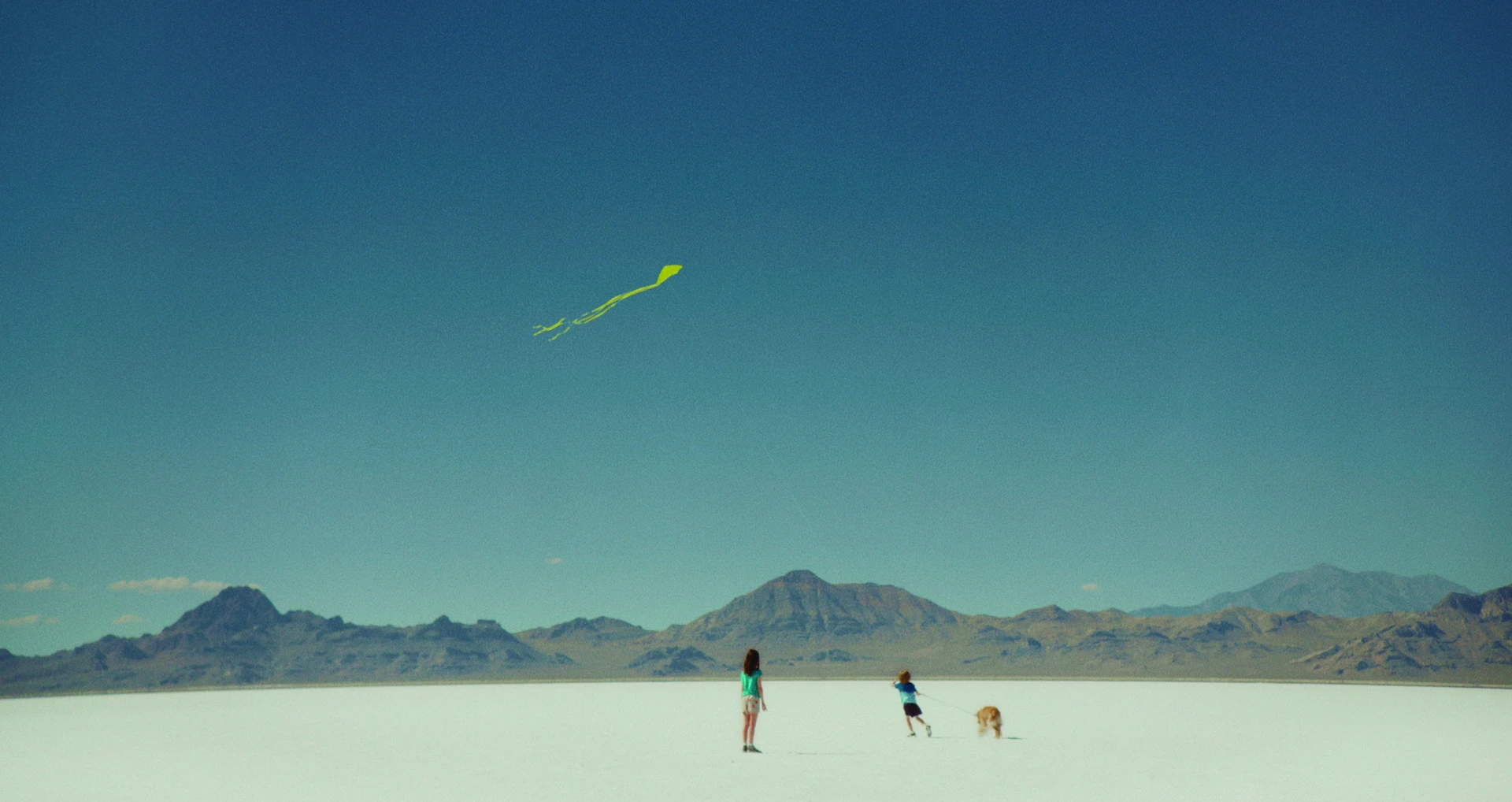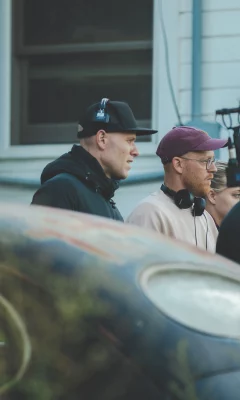
Provo To Omaha To Park City: Cole Webley and Paul Meyers’ Road to Sundance
Film
There are some feelings so overwhelming they defy description. Filmmaker Cole Webley experienced those feelings when his feature film debut, Omaha — which he made with fellow BYU alumnus Paul Meyers as his cinematographer — was accepted into the 2025 Sundance Film Festival, where it will premiere on January 23.
“We’ve all had our hearts broken in high school,” Webley says. He recalls reaching a baseline of numbness, only to remember the heartache and start plummeting again. “This is the exact opposite,” Webley explains. “Every time you get to a baseline, and then you remember your film is playing at Sundance, your heart rate jumps, you’re excited … I’m soaking this up.”
“Paul and I knew this was a story worth telling.”

An emotionally charged story of hardship and family, the film begins in Utah during the 2008 economic crisis. Reeling from a family tragedy, young siblings Ella (Molly Belle Wright, The Best Christmas Pageant Ever) and Charlie (Wyatt Solis) are taken on a cross-country journey by their father (John Magaro, Past Lives, September 5), who tells them they’re heading to Omaha, Nebraska. What starts as an adventure becomes increasingly surreal as Ella begins to suspect there’s more going on than her father is telling her.
“The script touched me so deeply,” Webley says. “It felt like the right project for my first film, something we could truly accomplish while staying authentic to the material. Paul and I knew this was a story worth telling.” Meyers echoes the sentiment, adding, “Cole and I both have a deep love for visually rich, emotionally resonant stories. Omaha gave us the chance to bring that to life in a meaningful way.”
The screenplay was written by BYU professor Robert Machoian, the acclaimed writer-director of The Killing of Two Lovers, which Webley saw at Sundance in 2020. “I was shocked and excited by how good it was,” Webley says. “I was excited, but I was also appalled that I didn’t know Robert who was right here in Utah, coming out of BYU [and] making the kind of cinema I aspired to create, so I sought him out.”
“John’s role as a father shone through in the making of the picture.”
The two were working on developing an original concept when Webley persuaded Machoian to let him read a script written 11 years earlier but never produced. “It was clear from the start that this story was something special,” Webley says. Once the decision was made to bring Omaha to the screen, casting became crucial and Webley knew Magaro was perfect for the father. “John is incredible and I’ll be forever grateful he did this film,” Webley says. “In some ways, he co-directed these kids in the scenes. He knew how to work with them. He was patient. John’s role as a father shone through in the making of the picture.”
The decision to shoot digitally on the ARRI Alexa 35 and Alexa large-format cameras was driven by budget and logistical considerations. “We were both interested in shooting this on film,” Meyers says. “But in the end, we opted for digital, mostly because of the kids in the film.” Solis, who was six years old during filming, could only work four hours each day. Meyers and Webley knew that they needed the flexibility to capture the children’s performances in the moment without stopping to change film magazines. “I stand by the decision,” Meyers says.
As the festival draws near, this heartfelt narrative, as well as the collaborative spirit of two filmmakers who’ve spent their lives honing their craft, make Omaha an extraordinary film that’s poised to be one of the standout premieres in the U.S. Dramatic Competition. For Webley and Meyers, it’s not just a film — it’s the culmination of years of passion, partnership and storytelling. Get tickets to see the premiere at festival.sundance.org.
Read more of SLUG’s coverage of the 2025 Sundance Film Festival.
